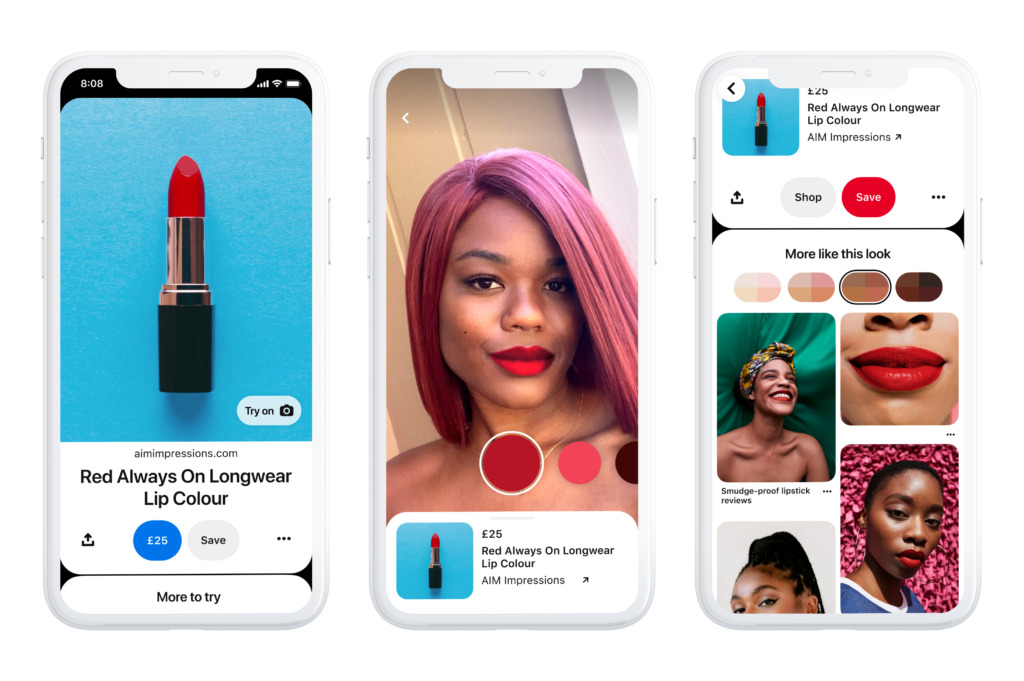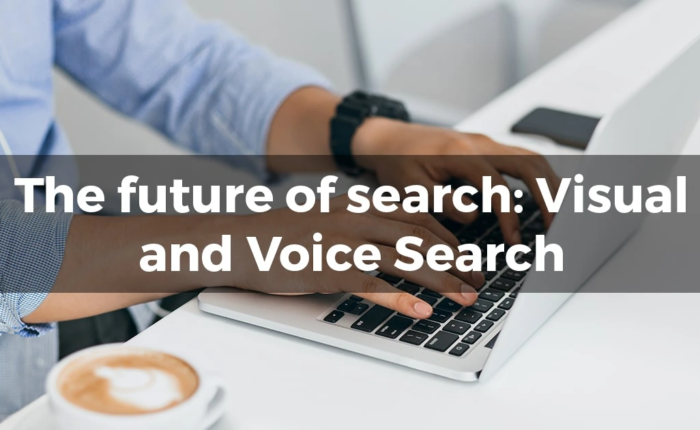The future of search starts with a V, like a voice and visual search. You must understand that voice search has yet to take off as you enter an era of ambient computing. It is where it is clear that voice will be a universal interface for a highly diverse array of connected devices. It is not 50%, but it is close. In 2016, the Google app had 20% of searches now by voice. It is when the start of adapting voice and virtual assistants has increased. It might be 50%, but the voice input has given a non-trivial percentage of queries. Amara’s law states they tend to overestimate the effect of a technology in the short run and know the impact when it is in the long run, which is the voice.
Bing and Google visual search
The visual search is less mature than the voice, but it offers another good alternative to input text in a box. In a recent scenario, Google introduced style ideas, where users can look for clothing items in stores or the IRL. You can look for the same items with the chance to get most of them. Microsoft has done much work in the area since 200 and is upgrading and improving Bing’s visual search. It will make some visual searches available to third-party app developers.
Local search
It is not apparent, but it can use a smartphone camera to look for products, objects, or places offline, which is a different type of local search. There are some ways in which image search and smartphone cameras are made locally. Google Maps walking directions incorporate reality. It has shown that millennials have high popularity and demand for visual search and like to use it through smartphone text.
Pinterest lens

Pinterest’s visual search gives more under the radar than Google’s and Bing’s, but the company is doing good work in that area. Pinterest allows you to isolate items in pins and look at them to get the same objects, or you can use your phone camera to learn about objects in IRL and check them online in the Pinterest app. The latter is a lens where it sets up a specific naming or trademark dispute with Google at some point. Most recently, Pinterest introduced shoppable product pins that connect lens image search results to e-commerce information with price and retailer links. The photos you saved from Lens can be saved on boards and be a source of future recommendations for those users.
Why would you care?
It is a general matter where the product and retailer marketers need to improve for image search and local marketers. It ensures their different local profiles have a good supply of images. The profiles that have optimized images outdo those that don’t have them.
When you step back, you see that the search box is expanding. SEO and content discovery are starting to be more complicated and fragmented. It may not be today, but marketers must prepare when consumers use voice or virtual assistants. They use the phone’s camera in text in a traditional search box to get access to more information and show buying intent.

